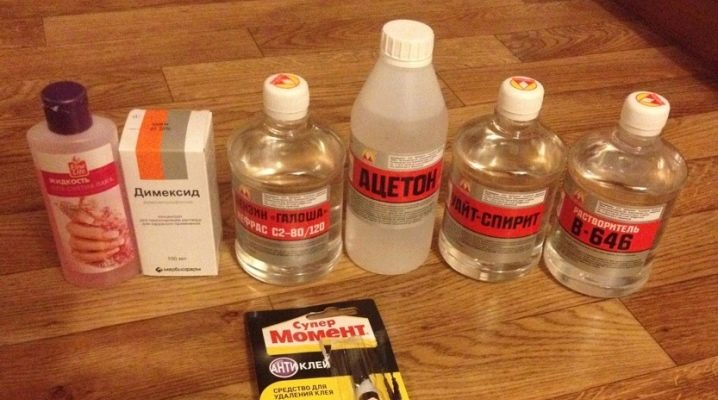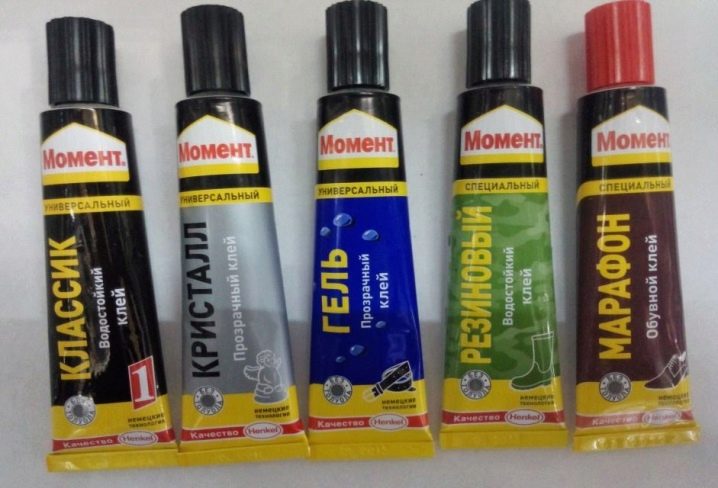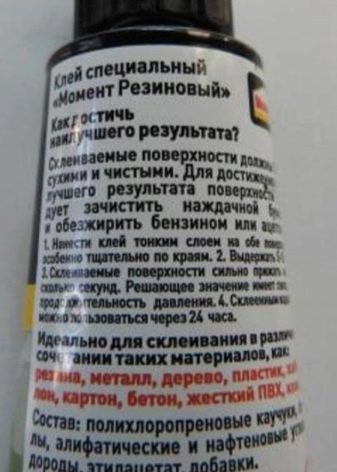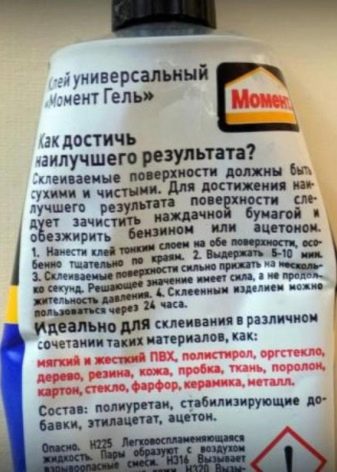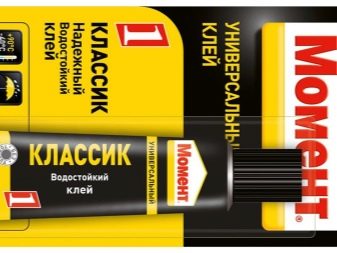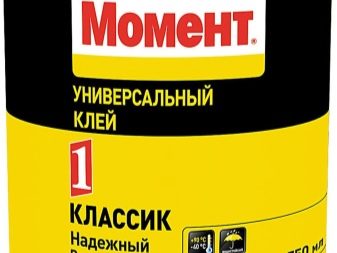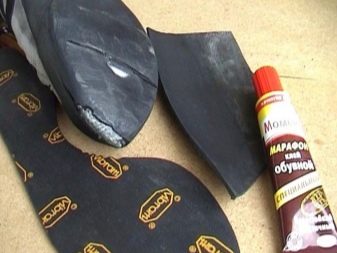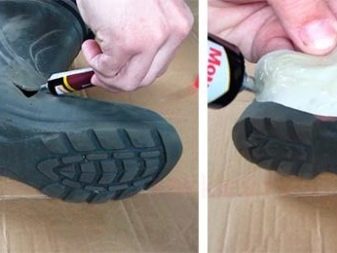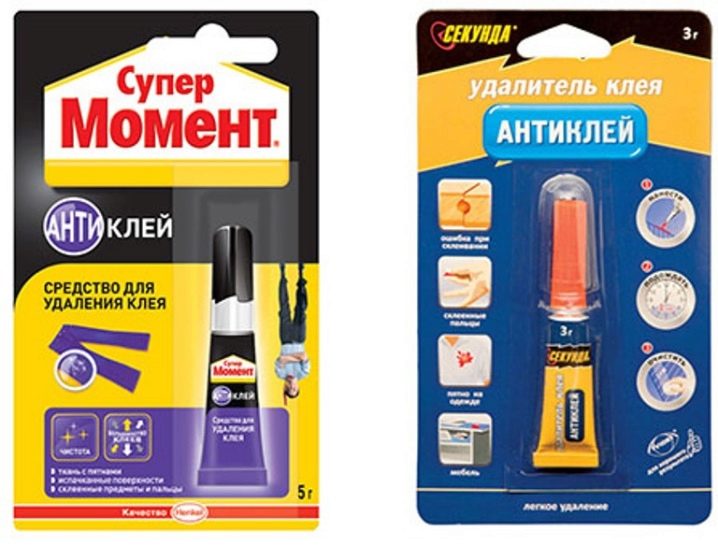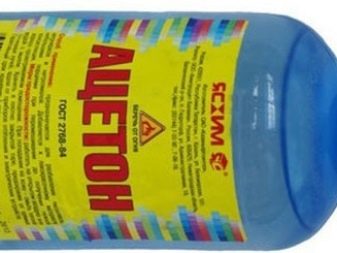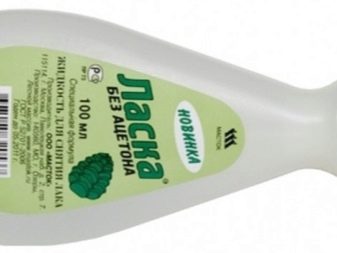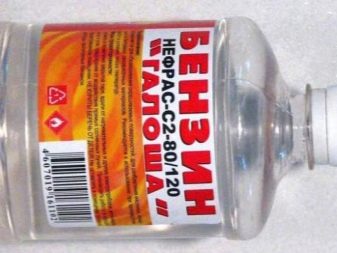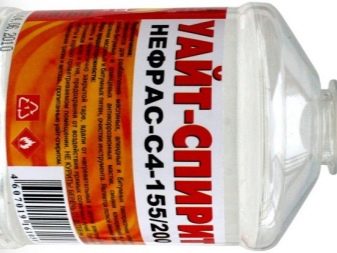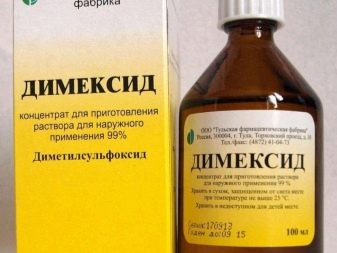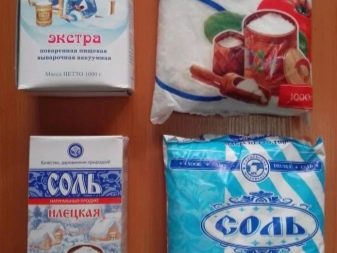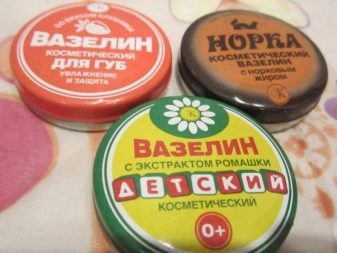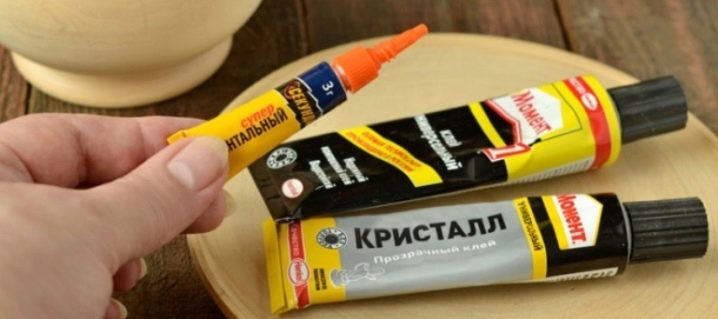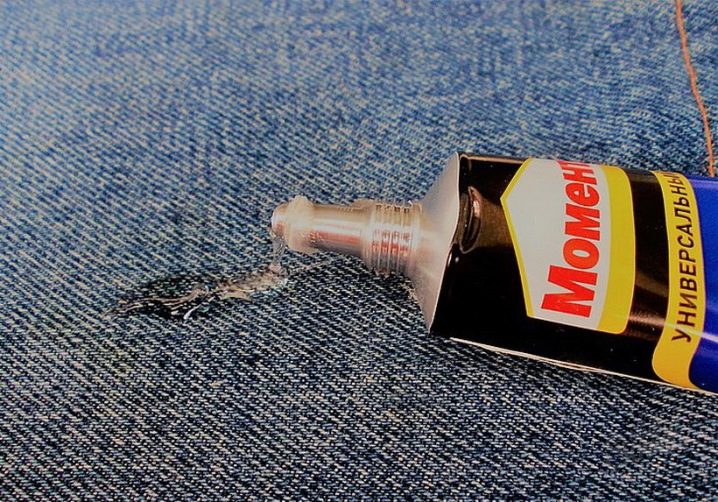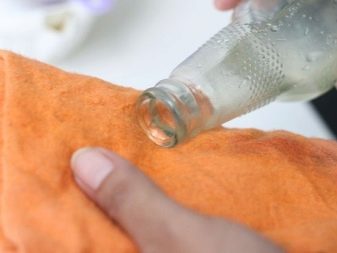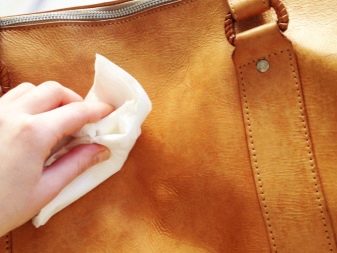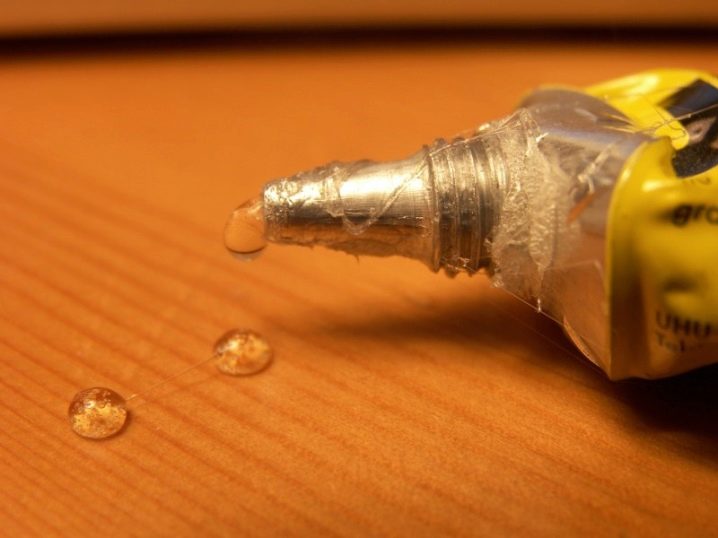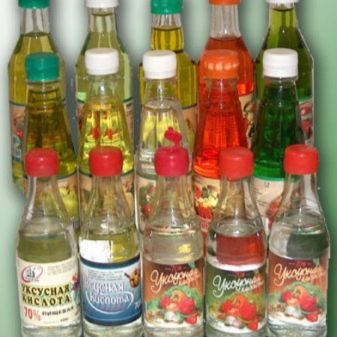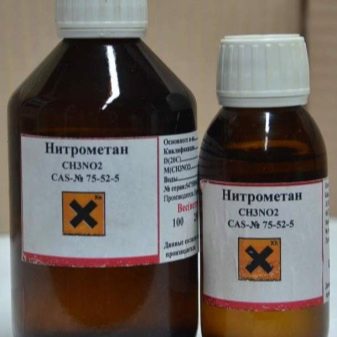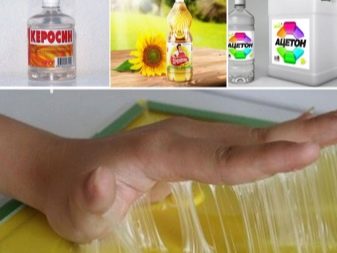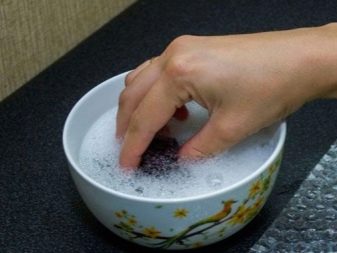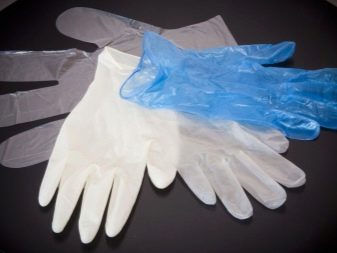How to scrub the glue "Moment"?
Glue "Moment" is often used in everyday life for minor repairs of various products. Sometimes the mixture remains on the hands, clothing or various objects. The composition quickly sets and hardens on the surface, which complicates the task of its removal. How to wipe off the glue moment, without spoiling the contaminated thing, it is useful for everyone to know.
Features of the composition
Universal glue "Moment" has a very complex composition.
Highlight the main components contained in the adhesive mixture:
- polychloroprene rubbers;
- dimethyl ketone;
- ethyl acetate;
- phenol-formaldehyde resins;
- aliphatic hydrocarbons;
- special additives that make the mixture inert to chemicals;
- colophon resin.
Due to this composition, the material has high technical characteristics. The solution is able to glue almost any material.The mixture dries quickly on the surface, forming a strong connective film.
There are several modifications of Moment glue on the modern building materials market.which differ in certain qualities, composition and scope. If we talk about a universal mixture, it is suitable for the repair of any small items. This universal glue "Moment" is most often used in everyday life.
This composition has unique characteristics.
- Versatility of use. Mix can stick together practically any materials.
- Water resistance. Glue may be used to repair items that are exposed to water and moisture.
- The solution can be used after it has been frozen and thawed. Glue will not lose its technical characteristics under the influence of low temperatures.
- It is a combustible material. Work with him must be away from sources of fire. Products treated with this product should not be exposed to high temperatures.
What can wash off?
Superglue is appreciated by many consumers for its excellent technical characteristics. Mix quickly and reliably glues a variety of materials.The advantages of this tool become its disadvantages when it comes to how to clean the surface from glue.
Superglue has good moisture resistance, so wash the mixture with ordinary water will not work. An exception may be fresh traces of the solution, which have not yet had time to dry.
In the building stores you can buy a special cleaner "Antikley". This mixture can be used not only for cleaning various items, but also for the skin of hands. "Antikley" does not cause allergic reactions and does not damage the skin, but you should not keep the mixture on the body for too long.
In addition to special compositions for removing glue, at home you can also use the available tools. When choosing one or another method of cleaning, it is necessary to take into account the type of surface from which it is necessary to remove residual adhesive.
Remove traces of superglue can be using the following folk remedies:
- acetone;
- cosmetic polish remover;
- refined gasoline;
- White Spirit;
- "Dimexide";
- fat cosmetic cream or edible oils;
- food salt;
- soap solution;
- petrolatum.
It is possible to influence the polluted parts of the surface not only chemically, but also mechanically.The mechanical method should be used with extreme caution, especially when it comes to the skin of the hands. To remove the glue in this way, fine-grained sandpaper or a piece of pumice is required.
Methods for cleaning different surfaces
Glue mix can leave traces on the most various planes. Hands, floors and clothing are most susceptible to contamination. Despite the fact that superglue is quite durable material, it is quite possible to clean it. It is only important to choose a suitable tool and the right method that will be suitable for the material that needs to be washed.
the cloth
Superglue leaves quite noticeable marks on clothes and shoes. However, if a drop of the mixture fell on the cloth, it does not mean that the thing can be thrown away. Fresh traces of adhesive mixture can be washed in warm water. The polluted site needs to be plentifully moistened and to rub with a laundry soap. After which the thing is carefully rinsed.
If the fabric is of high quality and dense, then acetic acid is added to the water for the best result. Jeans or coarse cloth pants can be exposed to hot water (80 degrees) in order to soften the glue better.
Dried marks on clothes or cloth covers can be scrubbed chemically. For this purpose, suitable gasoline, a special tool "Antikley", oils of plant and animal origin, "Dimexide" and various solvents. The contaminated area is moistened with a selected agent and carefully rub the stain.
On the glue "blots" on the jacket can be affected by cold. It is important to make sure that the mixture does not smear over the fabric, but keeps on the area in the form of a thick layer. Clothes with a stiffened glue drop are placed in the freezer and left for several hours. Small cracks should appear on the surface of the glue, after which the item can be removed from the freezer. The stain is cleaned with a metal brush.
It is not recommended to use solvents on delicate fabrics. In this case, to remove traces of glue, it is better to use the most gentle methods. A solution of 20 grams of citric acid and 200 milliliters of water can cope with such contamination.
You can remove superglue from suede using ammonia or varnish remover. For the best effect, before applying ammonia or acetone on the contaminated area, things made of suede should be held above the steam for six minutes.
Remove the dried glue from the surface of the carpet using vaseline oil and antiseptic gel for hands. The contaminated area is impregnated with liquid paraffin, after which an antiseptic is applied. On the treated glue stain you need to put a few paper napkins, pre-moistened with water. After thirty minutes, the napkins can be removed and the contaminated surface washed with warm water.
Floors
During repairs, glue drops quite often fall on the floor surface.
A means of removing contamination must be selected on the basis of the material with which the floor is covered or covered.
- Glue marks on linoleum can be washed off with White spirit.
- Stripping of parquet should be approached with more caution. Remove dimethyl sulfoxide, varnish remover or “Antikley” from such a surface to remove the “Moment” glue.
- The most safe means for removing adhesive from laminate is dimethyl sulfoxide.
Tree
You can remove glue from wooden furniture and other wood surfaces with varnish remover. Care must be taken when working with lacquered surfaces.Such material cannot be affected by alcohol-containing agents and solvents. The varnished table can be cleaned with vegetable oils. The stain is well impregnated with oil and left for several hours, after which it will be possible to easily remove glue from the surface.
Plastic and glass
If the glue gets on the window glass, it can be removed with a conventional wiper. The remnants of the mixture can be cleaned off with a stationery knife or razor. Traces of superglue on the glasses are cleaned with a cosmetic varnish remover solution that does not contain acetone.
Effectively and safely erase “Moment” glue from the surface of the screen of a phone, laptop, personal computer monitor and other equipment using dimethyl sulfoxide. A cloth moistened with a solution should be wiped over the contaminated areas, after which the surface should be cleaned with special cloths for the technician or with a dry soft cloth.
Metal
Moment glue can be cleaned from metal surfaces using acetone-containing liquids, denatured alcohol, acetic essence, nitromethane, and purified gasoline.Solvents can have different effects on different types of metal. Therefore, before removing the adhesive from the surface, it is desirable to test the selected solution on an inconspicuous surface area.
If the selected agent does not completely dissolve the glue on the metal, then the residue must be cleaned with a knife or blade. It is not recommended to mechanically impact stainless steel products. Such a surface is easily scratched.
Leather
When working with “Moment” glue, traces of it most often remain on the nails or the skin of the hands. To remove such contamination, it is necessary to choose the most benign agent that does not cause irritation and chemical burns on the skin.
Stains from the adhesive mixture can be treated with vegetable oil. The oil should be rubbed into the skin a little, after which it will be possible to gradually clean off the glue.
To remove superglue from hands, you can prepare a special solution from soap, water and table salt. In the resulting mixture, the skin is soaked for fifteen minutes, after which the impurities are easily peeled off with a sponge.
Useful tips
When carrying out minor repairs with the use of “Moment” glue, care should be taken about some measures of hand protection andvarious surfaces. With careful gluing of items, no trace of the product remains. But even if you handle the adhesive mixture with extreme caution, it is still possible to get dirty.
It is necessary to work with such mix in rubber gloves. Gloves made of cloth can not be used, as the material may enter into a chemical reaction with glue. As a result of the release of large amounts of heat, you can get burned.
The work area should also be protected from contact with the adhesive. The surface of the table must be covered with an old plastic tablecloth or cellophane. To protect clothes from falling glue, you can use an apron.
How and how to remove glue from a varnished board is described in detail in the video.
